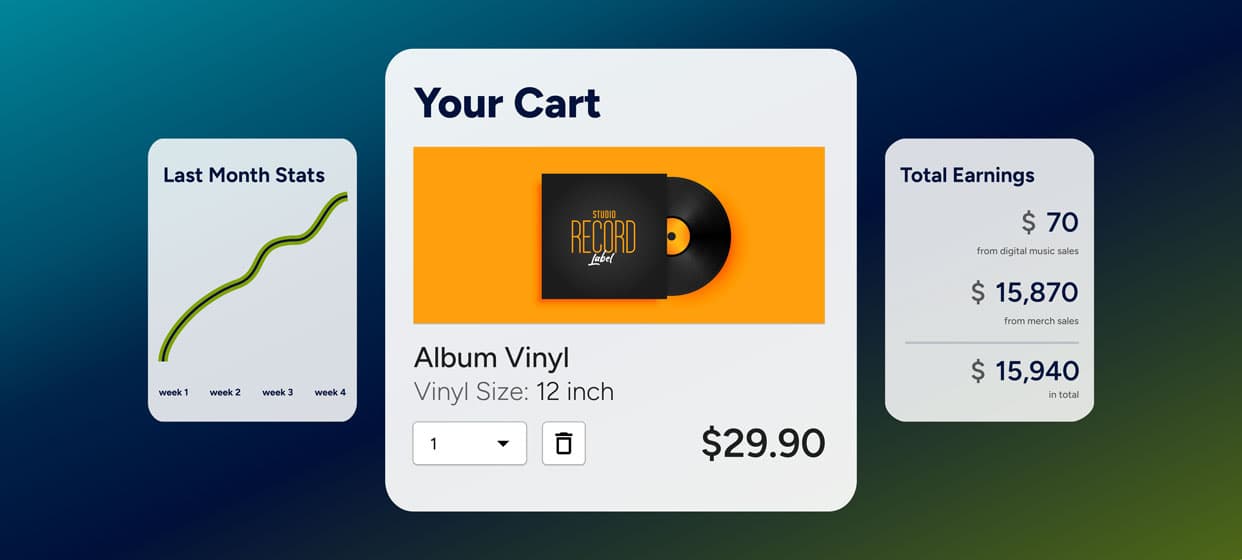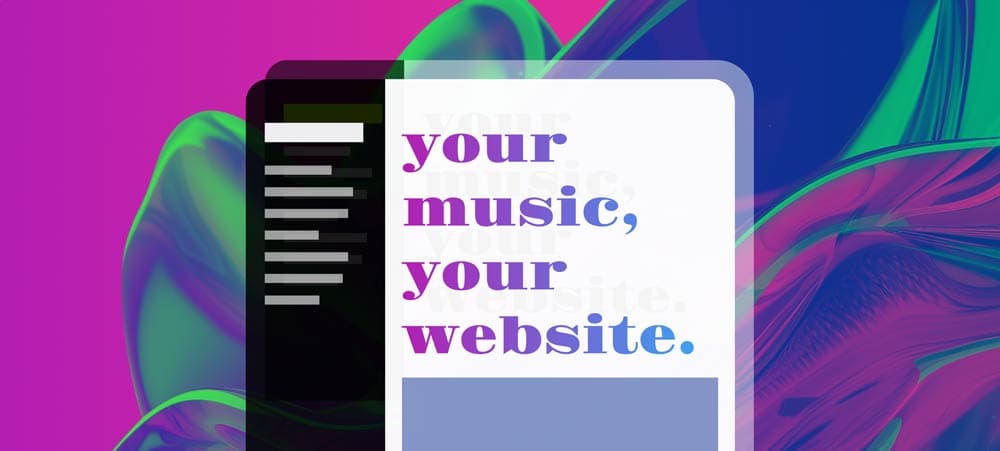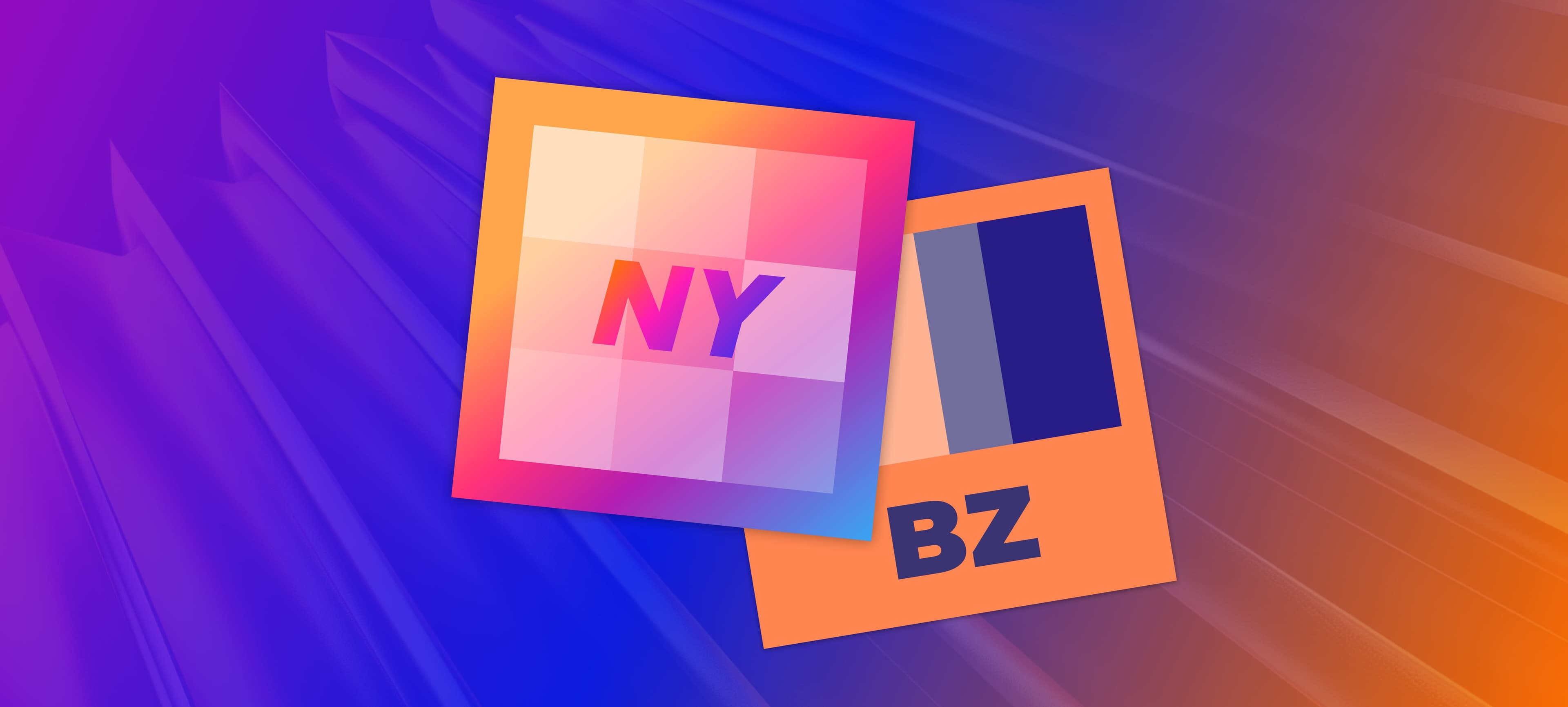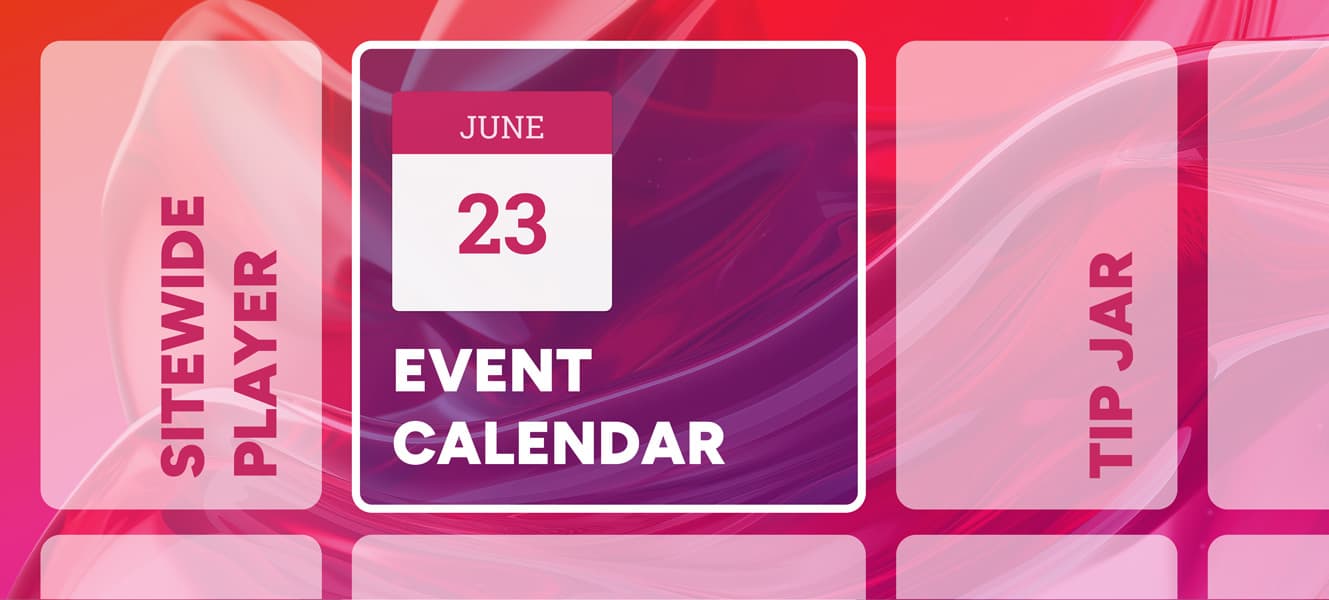BACK TO BLOG
How to release music independently: A complete guide for DIY musicians
![[object Object]: a colorful background with the word indie written on it](/_next/image?url=https%3A%2F%2Fnoiseyard.nyc3.cdn.digitaloceanspaces.com%2Fnoiseyard%2Fuploaded-images%2Fuploadedimage1703252183039168.jpg&w=3840&q=100)
Releasing music independently is more accessible than ever, and many independent artists have achieved mainstream success without the backing of a record label. With streaming platforms, digital distributors, and social media, artists no longer need record labels to launch a successful career.
But to make an impact, you need a plan. In this guide, we’ll break down everything you need to know about independent music releases - from choosing a distributor to marketing your music effectively.
Why Release Music Independently?
Independent music releases give you full creative control, 100% ownership of your rights, and a bigger share of your revenue. Without a label taking a cut, you decide how your music is promoted, when it drops, and how it’s monetized.
Plus, with tools like Noiseyard, you can create a professional website to showcase your music, making you more discoverable.
Owning your rights also allows you to license your music for sync opportunities, such as film, TV, and commercials, generating additional revenue.

Step 1: Get Your Music Ready for Release
Before distributing your track, make sure it’s professionally mixed and mastered. High-quality audio increases your chances of being featured on Spotify playlists, getting airplay, and keeping listeners engaged.
If you’re unsure about the final mix, consider working with an experienced engineer.

Choose the Right Audio Format
Most digital distributors require WAV files (16-bit or 24-bit, 44.1kHz) to ensure the best sound quality. WAV files preserve the full dynamic range and detail of your recording, unlike MP3s, which use compression that can degrade audio quality.
Many platforms also require lossless formats to maintain a high standard for streaming and downloads. Always check your final file for any clipping or distortion before uploading.
Get Your Metadata Right
Your track’s metadata includes:
Artist name
Song title
Genre
Cover art (3000x3000 pixels, high resolution)
Release date
ISRC code (If you don’t have one, most distributors will generate one for you.)
UPC code (Required for album releases)
Correct metadata helps streaming platforms categorize and recommend your music to the right audience. Mistakes in metadata can cause your song to be misclassified or not appear in search results.
Step 2: Choose a Music Distributor and Upload to Other Platforms
To get your music on Spotify, Apple Music, Amazon Music, YouTube Music, and other platforms, you need a digital distributor. Some of the best options include:
DistroKid – Fast, affordable, and allows unlimited releases for an annual fee.
TuneCore – One-time payment per release with 100% royalties.
CD Baby – One-time fee per release, plus distribution to additional stores like Shazam.
Amuse – Offers free and paid plans with no upfront costs.
AWAL – Selective distributor with additional marketing support for eligible artists.
In addition to using a distributor, consider uploading your music to platforms like SoundCloud, Bandcamp, and Formaviva, which allow for direct fan engagement and additional monetization options.
If you have a music website, set up a pre-order campaign and upload your album there to generate early sales and build anticipation. Promoting your release directly from your website gives you full control over your branding and fan interactions. Learn more about why having a music website is essential from our article.

Free vs. Paid Distribution
Some platforms offer free distribution but take a percentage of your earnings, while others charge upfront but let you keep 100% of your royalties. Consider your budget and long-term goals when selecting a service.
Step 3: Set a Release Date and Plan Your Promotion
A well-planned release date gives you enough time to create hype and pitch your song to playlists.
Ideally, schedule your release at least 4-6 weeks in advance to maximize exposure. This timeframe is ideal because it allows time for playlist submissions, press outreach, and pre-save campaigns, all of which can help maximize your reach on release day.
Submit to Spotify Editorial Playlists
Spotify allows independent artists to submit unreleased songs for editorial playlist consideration through Spotify for Artists.
When selecting songs, Spotify editors consider factors like the song’s quality, genre fit, engagement metrics from previous releases, and the artist’s overall growth on the platform. The earlier you submit, the better your chances of landing on curated playlists. Take time to write a compelling pitch that describes your song’s mood, theme, and why it should be featured.

Build a Pre-Save Campaign
Pre-saves let fans save your song before it’s released, increasing engagement and signaling to Spotify’s algorithm that your music is in demand.
When many users pre-save a track, it tells Spotify that the song has strong potential, increasing its chances of being featured in algorithmic playlists like Release Radar and Discover Weekly. This early engagement can also influence Spotify's recommendation system, helping your music reach more listeners.
Services like Feature.fm and Hypeddit allow you to create pre-save links. Promote your pre-save link on social media, in emails, and through paid ads.
Promote Your Release with Social Media
Use platforms like Instagram, TikTok, and Twitter to generate excitement:
Share behind-the-scenes clips of your recording process
Tease snippets of your song
Run contests to encourage engagement
Collaborate with influencers to expand your reach
Use paid ads to target potential listeners

Step 4: Register Your Music for Royalties
Make sure you’re earning every possible revenue stream from your release by registering with these organizations. Failing to register with the right agencies can result in lost royalties and missed income opportunities, so it’s crucial to handle this process early.
Performing Rights Organizations (PROs) – Collects royalties when your song is played publicly (ASCAP, BMI, SESAC in the US, PRS in the UK).
SoundExchange – Collects digital performance royalties from online radio stations like Pandora and SiriusXM.
Mechanical Rights Organizations – Distributors often handle this, but services like Harry Fox Agency (HFA) and SongTrust can help.
YouTube Content ID – Ensures you earn money when your music is used in videos.
Step 5: Pitch Your Music to Blogs and Playlists
Getting your song featured on music blogs and independent playlists can significantly boost your exposure. Platforms like SubmitHub, Playlist Push, and IndieMono allow you to pitch your track to curators and influencers.
SubmitHub – Directly submit your song to bloggers and playlist curators.
Playlist Push – Paid service that connects artists with Spotify curators.
IndieMono – A free alternative for indie artists.
Learn more about how to get your music to playlists and increase your streams.

Step 6: Track Your Release Performance
After your release goes live, track your performance using:
Spotify for Artists – See real-time streaming data and listener demographics.
Apple Music for Artists – Track playlist adds and top cities where your song is streamed.
YouTube Analytics – Monitor engagement on your official music videos.
Google Analytics – Track website traffic if you have a music website.
Facebook Business Suite – If running ads, track how well your promotions perform.
Analyzing this data helps you understand what’s working and refine your future marketing strategies.

Final Thoughts: How to Succeed as an Independent Artist
Releasing music independently takes more effort. However, the rewards - owning your music, keeping more of your revenue, and building a direct fanbase - make it worth it.
With the right strategy, consistent promotion, and strong branding, you can achieve success without a record label.
Looking for more ways to market your music? Read our 10 Ways to Promote Your Music Without a Label article for expert strategies to grow your audience.
Other Blog Posts

Marketing & Promotion
What to sell as a musician online (From essentials to creative extras)

Music Career Advice
Why Every Musician, Band, or DJ Needs a Website: A Comprehensive Guide

Marketing & Promotion
Noiseyard vs Bandzoogle: Which one stands out for musicians

Website Tips
10 website features every musician needs to grow in 2025
Useful tips and tricks, delivered right to your inbox.
Join our newsletter to keep informed about Noiseyard updates and new blog articles. You can unsubscribe any time.